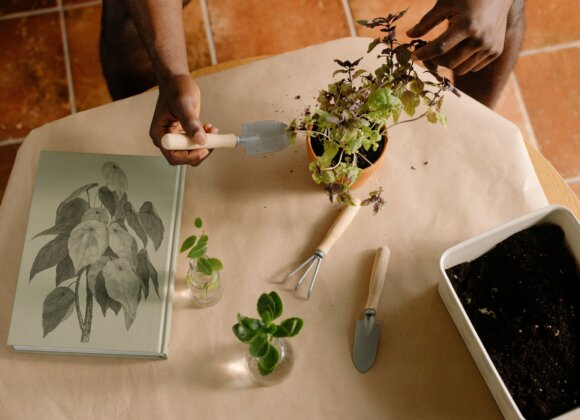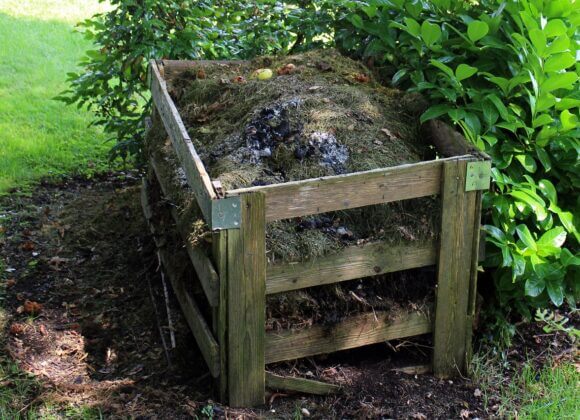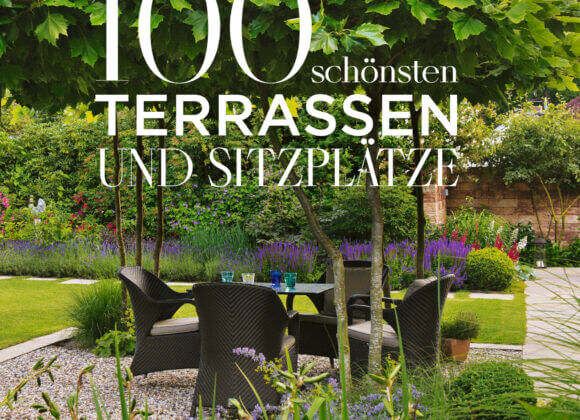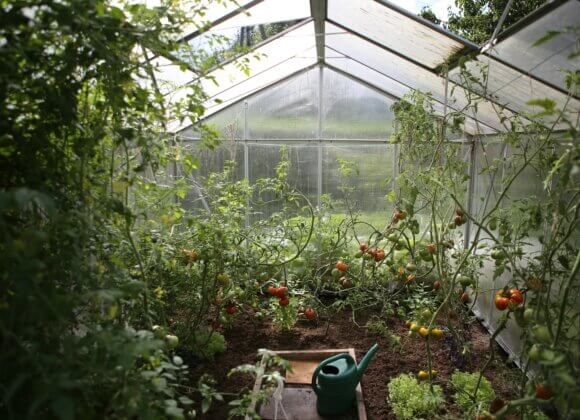Drinking water is too valuable for the watering can: gardening expert Reinhard Kittenberger explains why rainwater harvesting is ecologically sensible, economically smart – and indispensable in the long term.
It’s like gold in the garden: rainwater is free, available everywhere – and yet a largely underestimated resource. “We waste the best drinking water on watering our beds. That doesn’t have to be the case,” says Reinhard Kittenberger, founder of Kittenberger Erlebnisgärten in Schiltern (Lower Austria). What many people don’t think about is that every time you connect the garden hose to the tap, you not only consume drinking water, but also incur electricity costs from pumps and waste water charges – even if the water has long since seeped into the ground.
“Rainwater is not only ecologically sensible, but also economically forward-looking,” says Kittenberger. Especially because it is much better for plants than tap water, which is often hard and calcareous. “Rainwater is soft, free of chemical treatment residues and comes much closer to the plants’ natural water supply.”
From droplet to pond: how an earthworm thinks
In his extensive adventure gardens, where Kittenberger welcomes around 190,000 visitors a year, Kittenberger has long been thinking in cubic meters. Over 60 percent of the roof and ground areas there are connected to a collection system. “We don’t channel the rainwater into the stream or canal – we retain it and can draw on it during dry periods.” In a 5000 cubic meter storage basin, the second is currently under construction.
“After a good summer rain, the basin is full – and we can water for months without using a drop of tap water,” explains Kittenberger. At the same time, this system protects the public sewage system and reduces the risk of flooding. Even on days with heavy rainfall, the water does not simply run off, but is slowly held back by a retention basin and can seep away – ecologically, cleverly and sustainably.
Also possible on a small scale: rain barrel instead of civil engineering
Of course, not everyone has a landscaped park at their disposal. But rainwater can also be put to good use in private gardens or on balconies. “A simple rain barrel connected to the gutter is enough,” says Kittenberger. If you want to go one step further, install an underground cistern with a small pump and connect it to a drip irrigation system. “This allows you to supply beds, raised beds and even the lawn with rainwater.”
The first 3000 to 5000 liters can easily be collected in small tanks – and often last for weeks. Once the system has been installed, it is easy to maintain and inexpensive. “A few hundred euros for installation and materials – and you can water for many years regardless of the water bill.”
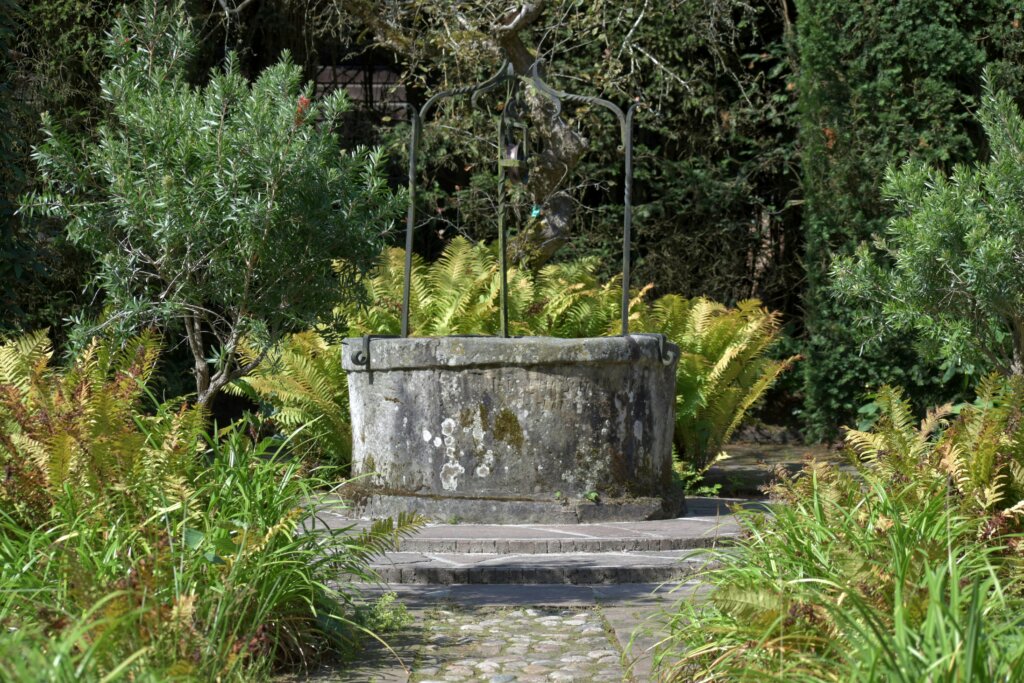
Save drinking water – without a permit
An often underestimated advantage: rainwater harvesting does not require a permit. “As long as I don’t use public water, I don’t need a permit.” This makes rainwater harvesting one of the few measures in the garden that really pays off, both ecologically and economically.
What does it take? A little planning, a feel for waterways – and the will to help shape the next renovation. “If you’re planting a new bed or redesigning the garden anyway, you could think about planning a cistern at the same time,” says the expert.
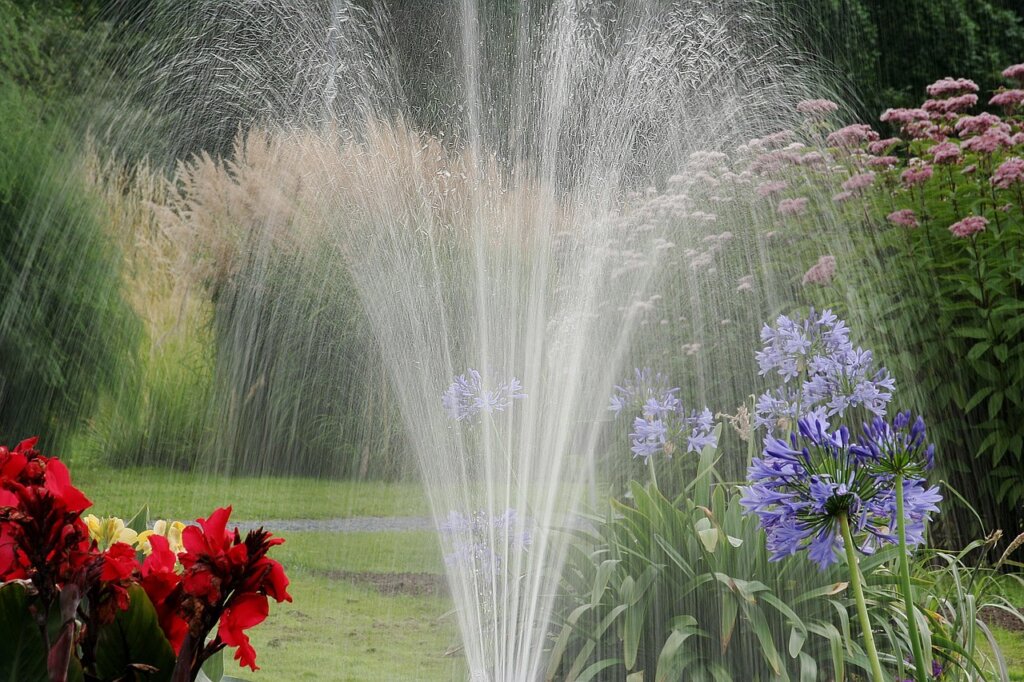
Durable, robust, simply clever
Once installed, the systems last for decades. The pond liner in Kittenberger’s systems, for example, was replaced for the first time after 30 years – the new one will “easily last another 30 years”. You only have to clean it occasionally. “Dust and pollen from the roof naturally build up. After a few years, you should spray them out once – that’s enough.”
Conclusion: Rain can no longer be taken for granted. Summers are getting drier, extremes are increasing – and at the same time our gardens, terraces and green spaces are growing. Anyone who uses rainwater now is not only protecting the environment and their wallet – they are also taking responsibility.
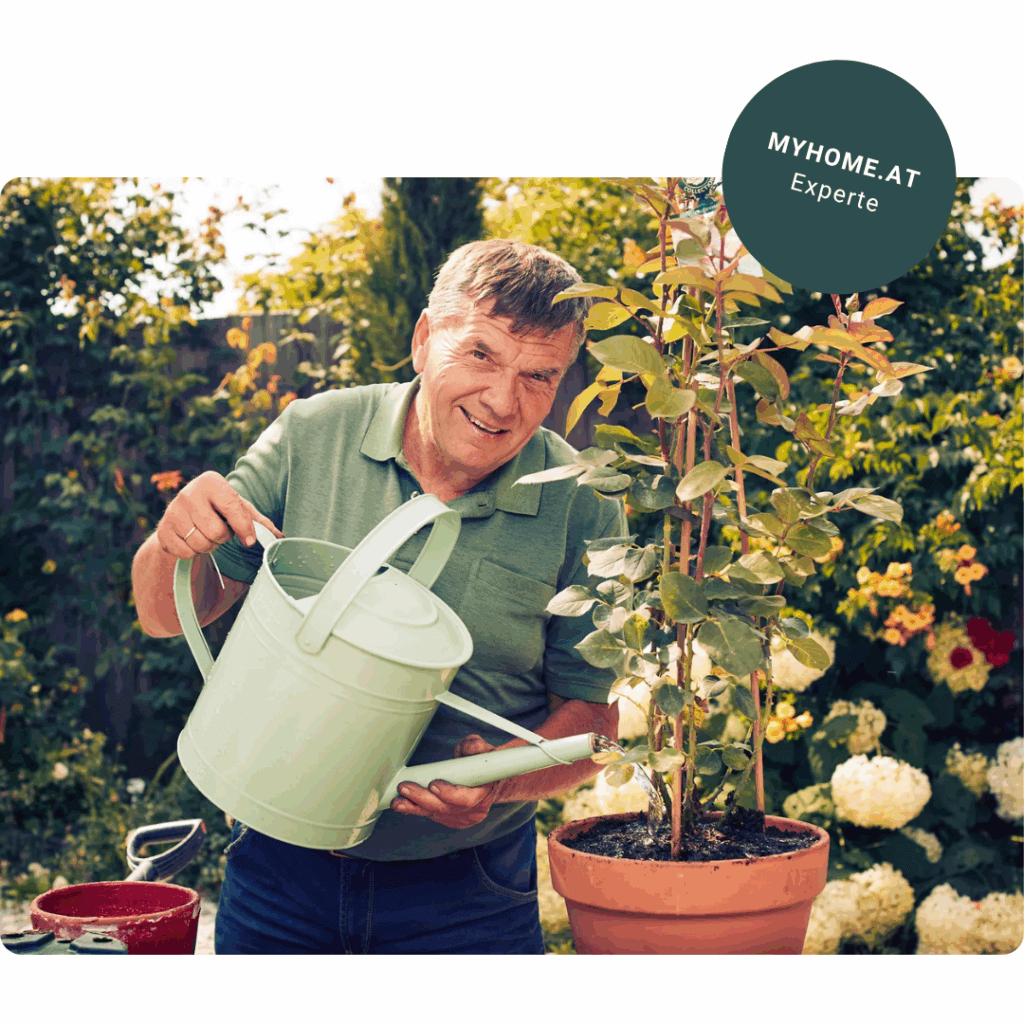
Reinhard Kittenberger is a garden expert, entrepreneur and founder of Kittenberger Erlebnisgärten in Schiltern, Lower Austria. There, he and his team design natural garden spaces that combine creativity, craftsmanship and ecological responsibility. With a passion for biodiversity, sustainability and the beauty of the “garden as a living space”, he is now one of the best-known garden designers in the country.
Related posts:
Seeding turf: Laying turf made easy





